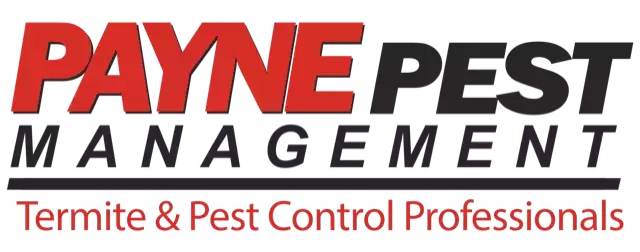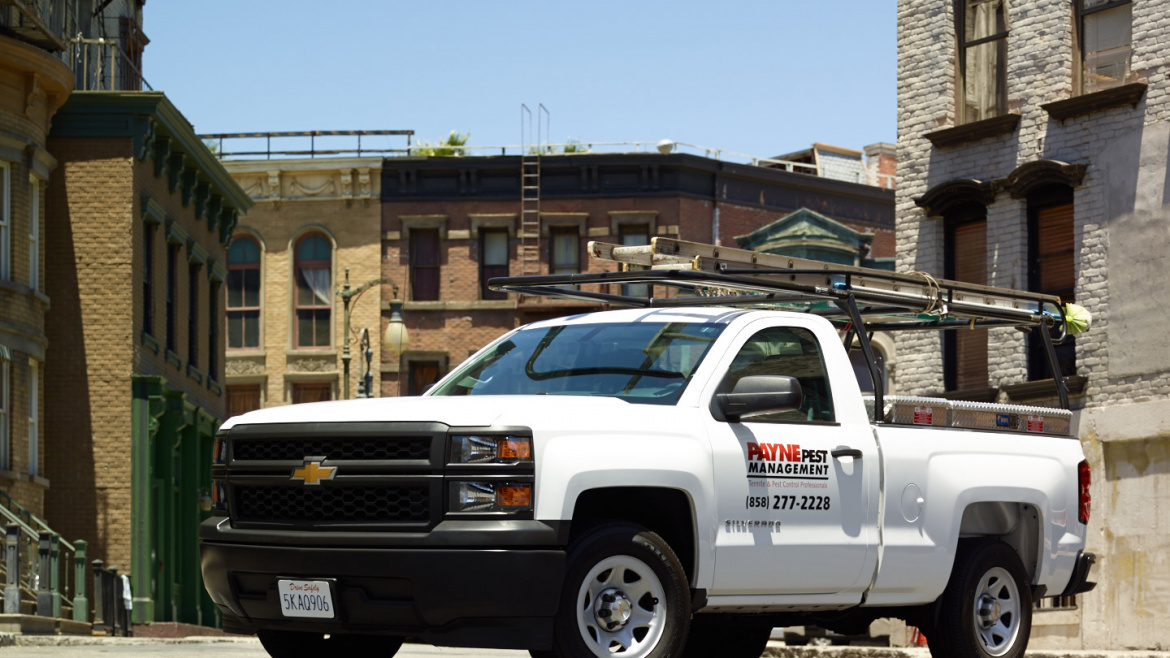There are several types of termite species out there, but they can be split into two large categories: subterranean and drywood termites. Identifying the right termite species, or at least subspecies is essential to determining the right treatment process, since two two varieties of termites are controlled differently. In this article, we’re going to take a look at the factors that will help you identify whether you have a drywood termite infestation.
Termites and ants
Let’s first draw the distinction between ants and termites. To start, termites have thick bodies with no waists, unlike ants, where you can clearly see how the body is segmented. Termites also have shorter legs than ants, and they usually have a creamy white coloration, while ants are dark brown. If you notice any ants or termites with wings, you can differentiate between the two species by the length of the wings. Termites have four long wings, all of equal size, while ants have two long front wings and two short back wings.
Drywood termites and subterranean termites
Now let’s take a look at the differences between drywood and subterranean termites. Subterranean termites require constant contact with the soil, and they rarely travel without building mud tubes first. They also have protruding pincers, and they will nest underground. Drywood termites will often nest inside the wood, and they will make holes into it in order to throw out feces and debris. They will eat the wood along and across the grain, while subterranean termites will only eat along the grain.
Appearance
In terms of size, drywood termites can range from a quarter of an inch to 3/8s of an inch. There are three types of drywood termites that you may notice in your home: workers, soldiers and reproductives or alates. The workers and soldiers are very similar, but soldiers have a larger head and more noticeable mandibles. Alates are larger than both workers and soldiers and they have wings. When it comes to colors, you will have variations between individual termites, but workers are mostly creamy white, soldiers are darker and can go up to a brown coloration, and alates are dark brown or black in color. Drywood termites are most common along the southern edge of the US, but they can be present in other parts of the country if they are transported in cargo packages.
Do you have a drywood termite infestation?
Identifying the type of species that is infesting your home is the first step to pest control. First you need to figure out if you have ants or termites, and then you will need to determine the species of the termites. Without this knowledge, you cannot deploy effective pest control measures. However, even the best DIY products are no match for a large infestation. If your home currently has a carpenter ant, subterranean or drywood termite infestation, contact us right away.







